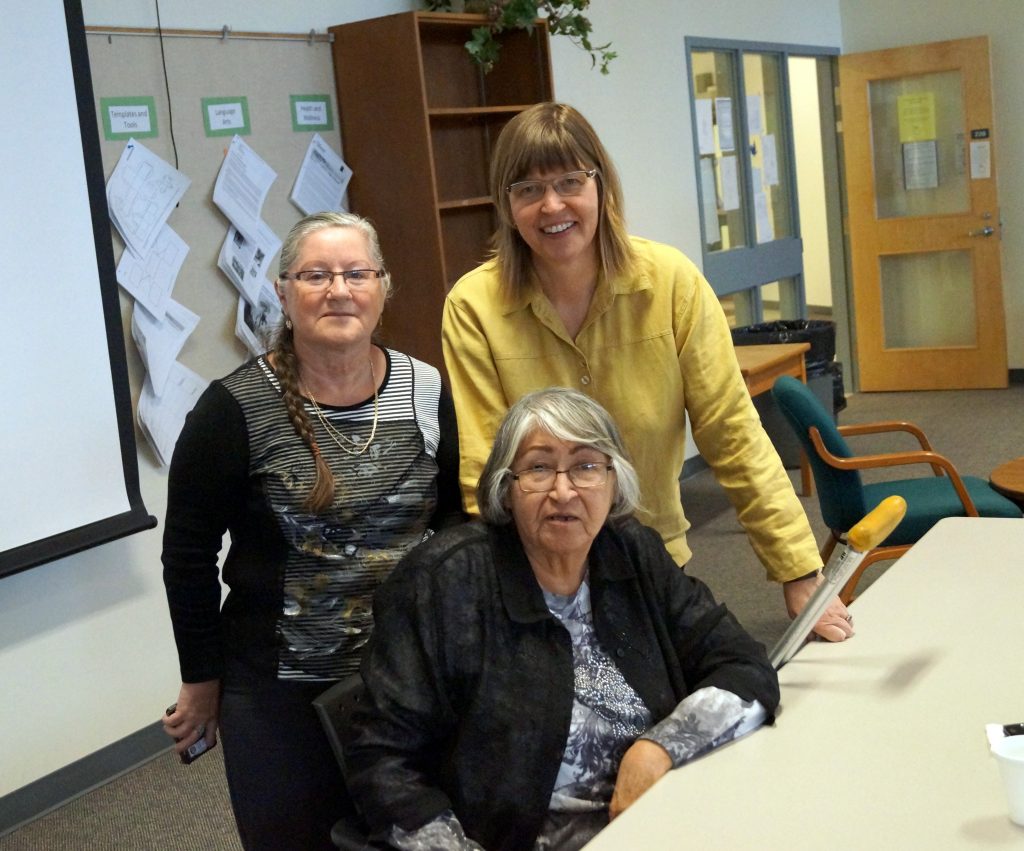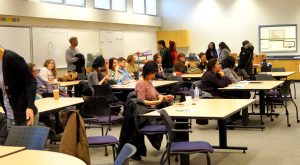
Gender, Justice, and the Indian Residential School Claims Process

Dr. Cindy Hanson (Faculty of Education, University of Regina), Judy Hughes (Saskatchewan Aboriginal Women’s Circle Corp.), and Elder Sylvia Popowich presented Gender, Justice, and the Indian Residential School Claims Process for the Saskatchewan Aboriginal Women’s Circle Corporation on February 12, 2015, from 2-4 p.m.
The lecture focused on Canadian government policies aimed at Survivors of Indian Residential Schools (IRS) that are becoming one of the largest compensation processes in the world. The costs and volume of applicants to the Independent Assessment Process (IAP), an out-of-court process for the resolution of serious physical and sexual abuse claims suffered at IRS continues to grow. Although many reports focus on the magnitude of the process, attention aimed at how the model works from the perspective of a gender lens are much less understood and raise serious questions in the design of policies aimed at “healing and reconciliation” (the stated goals of the IAP). A community-university research collaboration funded by the Indigenous Peoples Health Research Centre resulted in meetings with survivors, support workers, lawyers and adjudicators to gain a deeper understanding of the capacity of the IAP model to facilitate personal and community healing by examining the model from the perspective of culturally relevant gender analysis.
This talk brought together an elder, a representative of a community organization and a University of Regina scholar to discuss discrimination within the IAP model and how this example can inform other policies and programs.
See Cindy’s article in theInternational Indigenous Policy Journal.
Gender, Justice, and the Indian Residential School Claims Process
